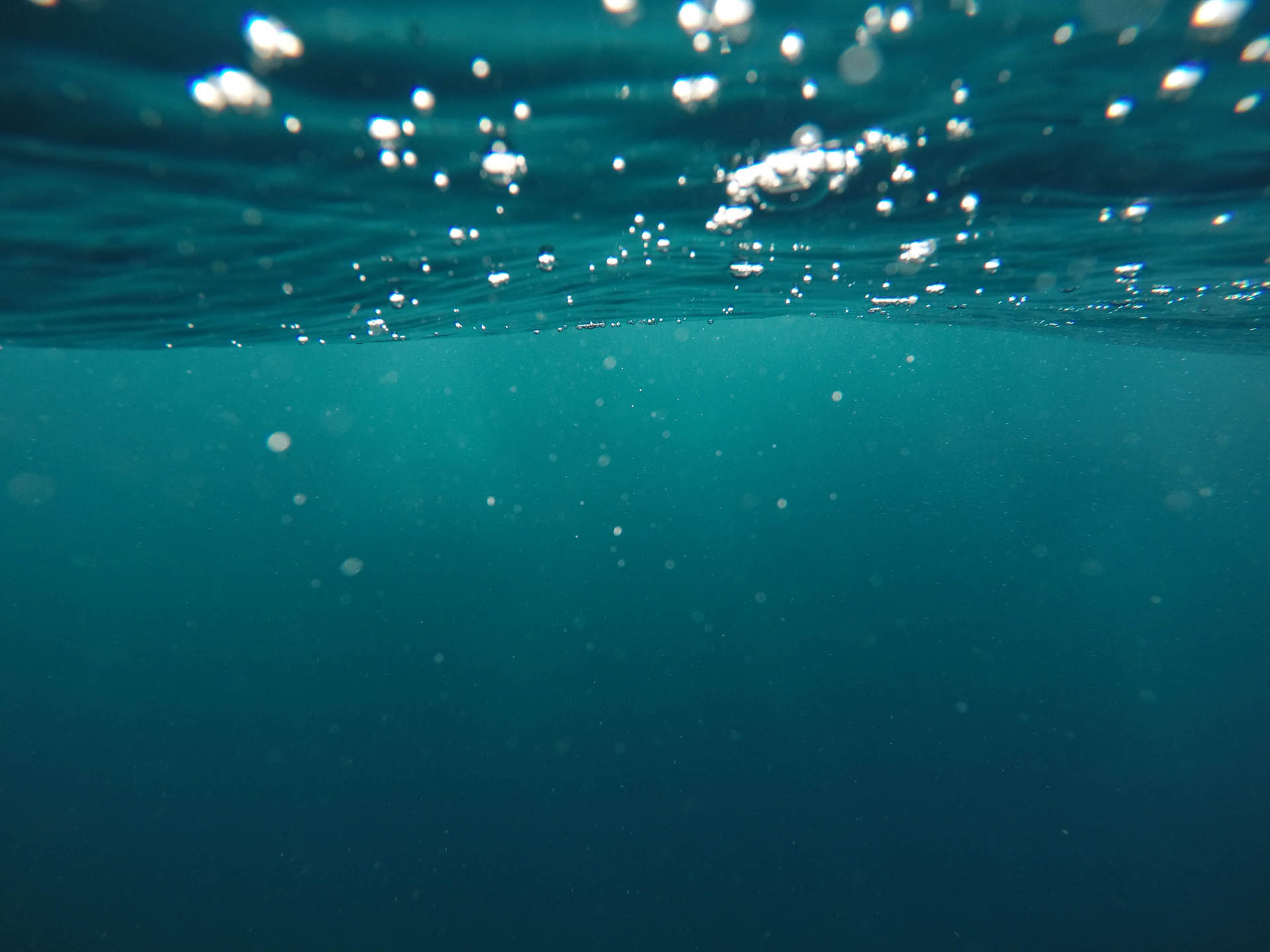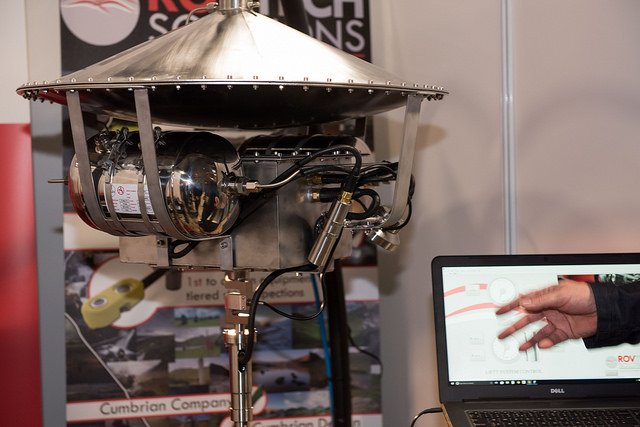- Description
-
The legacy ponds of Sellafield had an increasing demand to lift heavier loads using the work class ROV. The conventional method using thrusters led to disturbed sediment, thus resulting in nearly two days of impaired visibility. This challenge posed a significant hindrance to efficient operations. Recognizing the problem, Rovtech Solutions envisioned a solution inspired by a diver's lift bag principle . Instead of using surface - fed air, which was not permitted, they designed a system with the ability to vary the air volume inside a bladder, allowing for controlled buoyancy .
- Content
-
The Problem
Lifting Demands in Legacy Ponds:
The introduction of the work class ROV in Sellafield's legacy ponds brought about the requirement to lift increasingly heavy loads. This challenge wasn't just about the weight but also the environment it operated in.
Visibility Issues with Traditional Thrusters:
Using the conventional thrusters might seem like a straightforward solution, but it came with a significant downside. These thrusters would stir up the sediment at the pond floor, leading to a near-complete loss of visibility that could last up to 48 hours.
Solution Proposal
Inspiration from Diver's Lift Bag:
Rovtech Solutions looked towards a system similar to the lift bags used by divers. These bags leverage the buoyancy of air in water to ascend or descend, offering a potential solution to the lifting challenge.
Avoiding Surface-fed Air:
While the buoyancy principle was sound, there was a restriction: the use of surface-fed air was prohibited in this context. This necessitated a more innovative approach.
Closed-Loop System:
Rovtech's ingenious solution was the creation of a closed-loop system. Within this system, compressed air could be released into a flexible bladder to initiate a lift. Conversely, by using a small onboard compressor, the air could be recompressed, allowing the load to descend without any external intervention.
Design Process
Pointed Cone Shape:
Stability was paramount. To ensure that the load remained stable during the lifting process, a pointed cone shape was introduced. This design consideration was pivotal in guaranteeing that the load wouldn't tip or become unmanageable underwater.
Incorporation of Compressor System & Control Circuitry:
The dynamic environment of underwater operations means that pressure can vary significantly with depth. Rovtech Solutions integrated a compressor system and a fine-tuned control circuitry to seamlessly address these pressure changes at varying depths.
Compatibility with Videoray ROV:
The entire system was designed to be compatible with the Videoray ROV – the smallest ROV available in FGMSP. This allowed for efficient and controlled payload movement in both the X and Y axes.
Results
Trials with the Videoray ROV:
Once the system was developed, it underwent rigorous testing in combination with a Videoray ROV. These trials were critical in assessing the real-world applicability of the design.
Operational Efficacy:
The system proved its worth by performing repeated lift, move, and place operations successfully. This didn't just demonstrate its technical capability but also instilled confidence in the system's reliability.
Customer Confidence & Future Deployment:
After witnessing the successful trials, customers expressed a significant amount of confidence in the system. With such positive feedback, there is strong anticipation for a full-scale deployment in the near future.


Variable Buoyancy Lifting System for ROVs in Legacy Ponds
Redefining Lifting Mechanisms for Improved Visibility and Efficiency

Variable Buoyancy Lifting System for ROVs in Legacy Ponds
The work class ROV's role in Sellafield's legacy ponds necessitated the lifting of heavier loads. The traditional thrusters used for this purpose would stir up sediment from the pond floor, causing up to 48 hours of reduced visibility. Rovtech Solutions introduced a novel lifting method based on variable buoyancy without relying on vertical thrusters. Using a closed-loop system, they developed a method that incorporates compressed air release and recompression, providing the desired lift and descent, respectively.